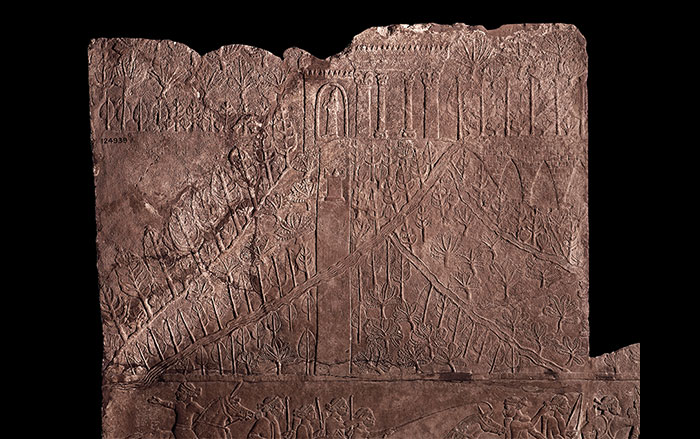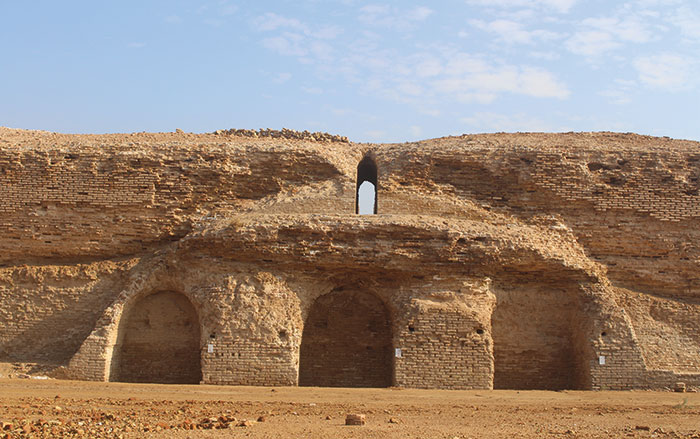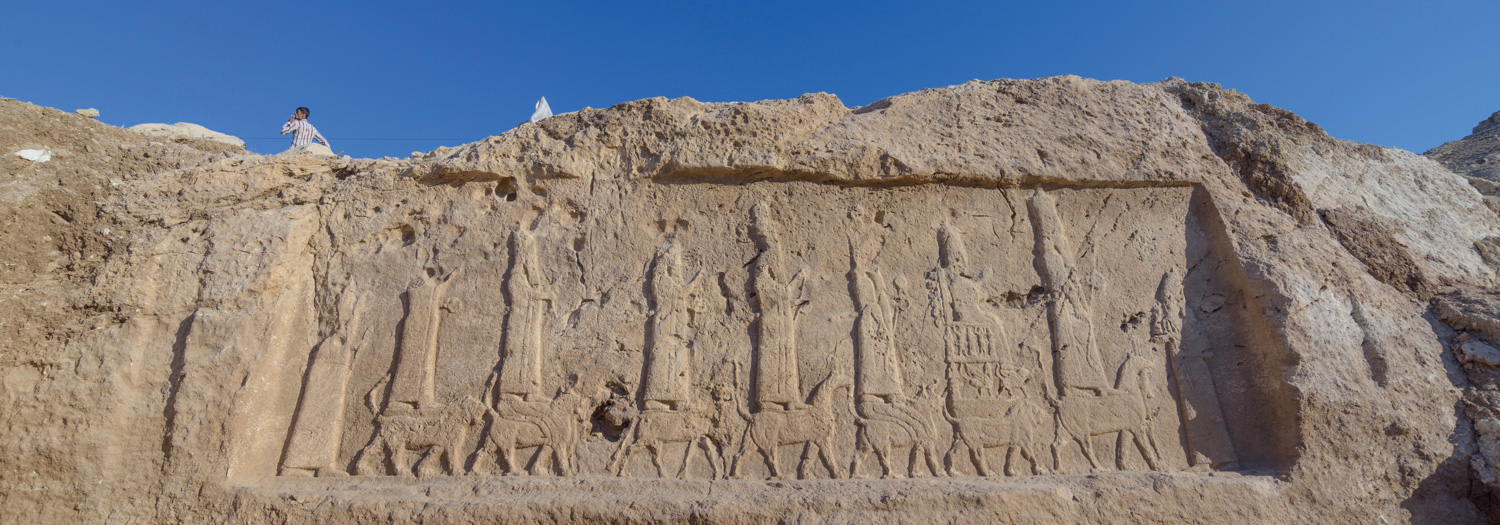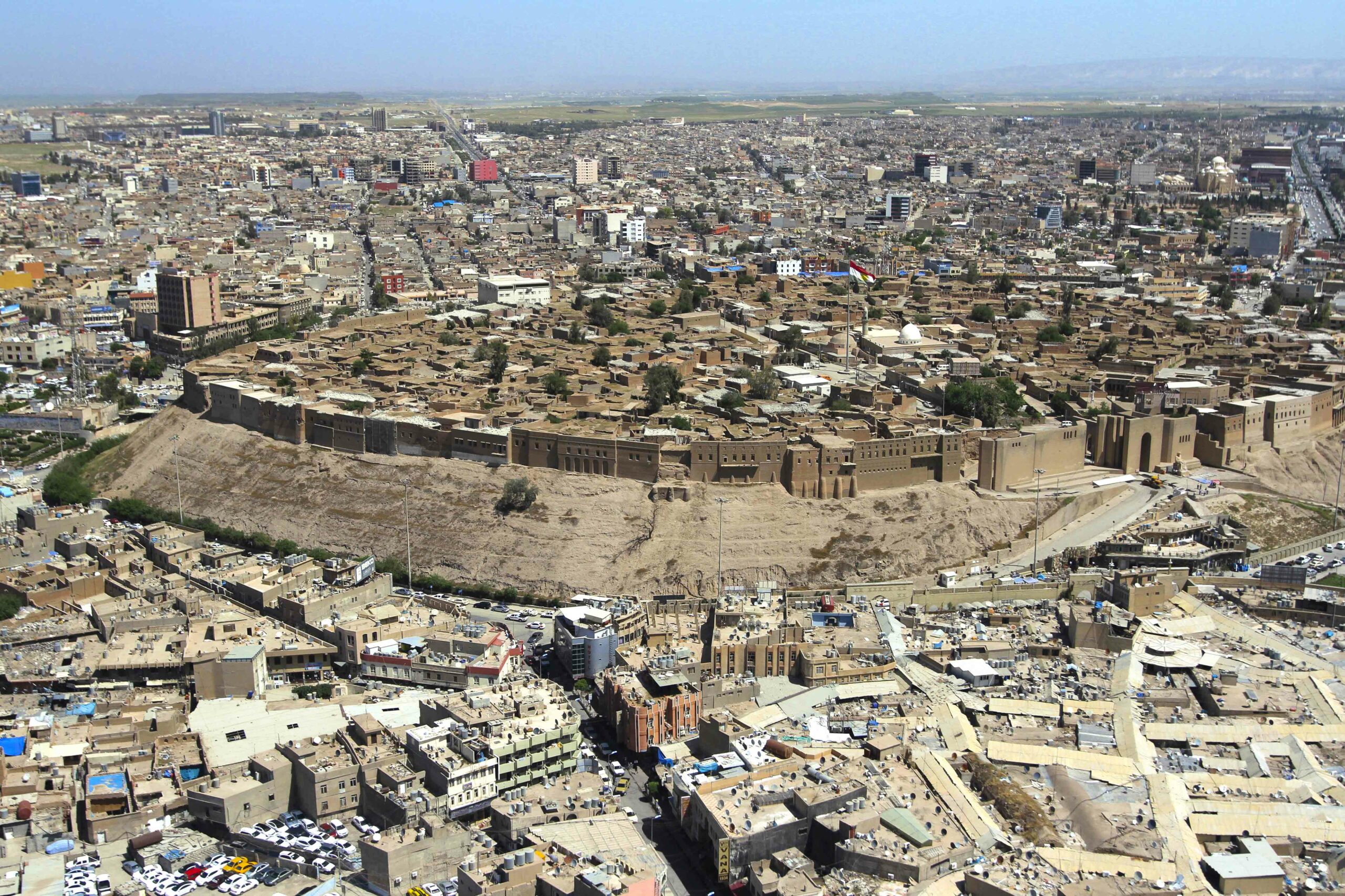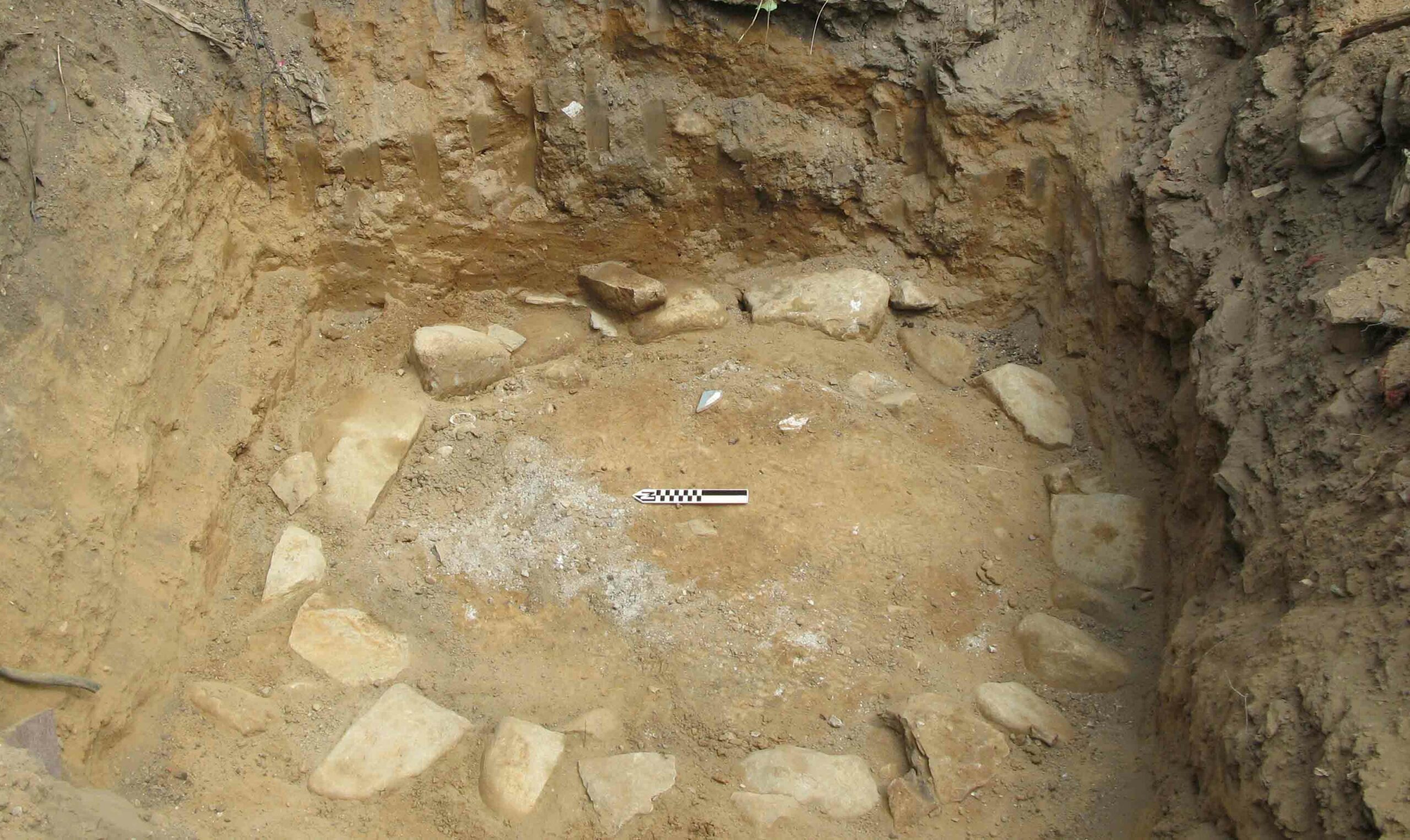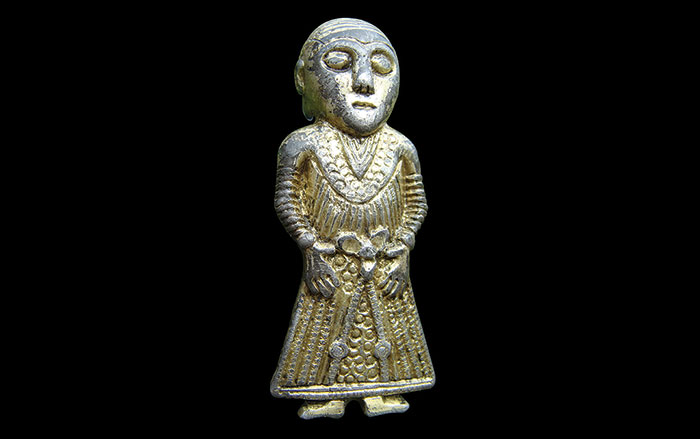
SAN DIEGO, CALIFORNIA—Adam Schneider of the University of California-San Diego and Selim Adali of the Research Center for Anatolian Civilizations in Turkey argue in the journal Climatic Change that drought and population expansion contributed to the decline of the Assyrian Empire. Located in northern Iraq, the Assyrian Empire reached its height in the early seventh century B.C., but then experienced a quick decline, including civil wars, political unrest, and the destruction of Nineveh, the capital, by the end of the century. Paleoclimate data show that the region became more arid during the latter half of the seventh century B.C., at the same time that peoples conquered by the Assyrians were resettled there. “What we are proposing is that these demographic and climatic factors played an indirect but significant role in the demise of the Assyrian Empire,” Schneider told Phys.org.


